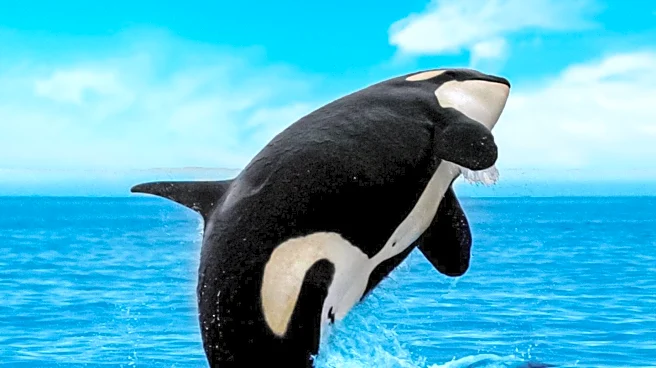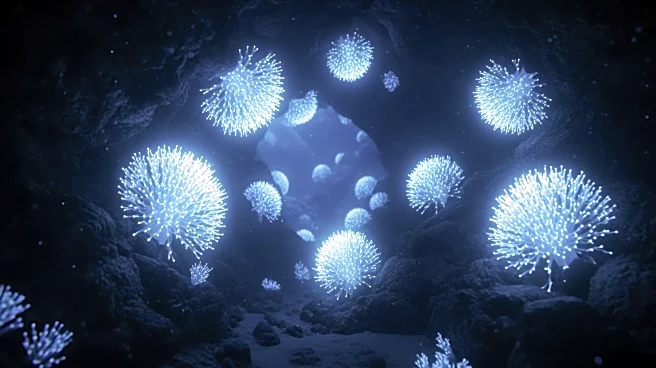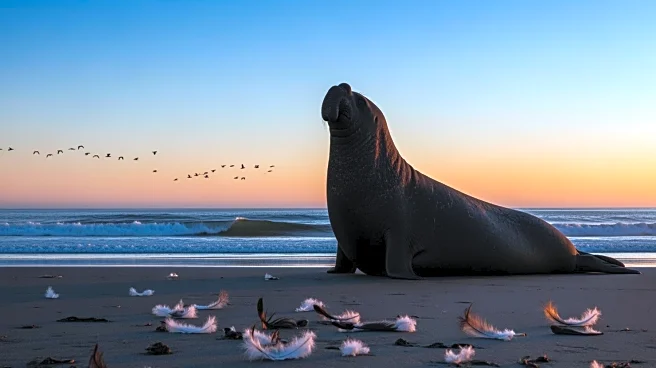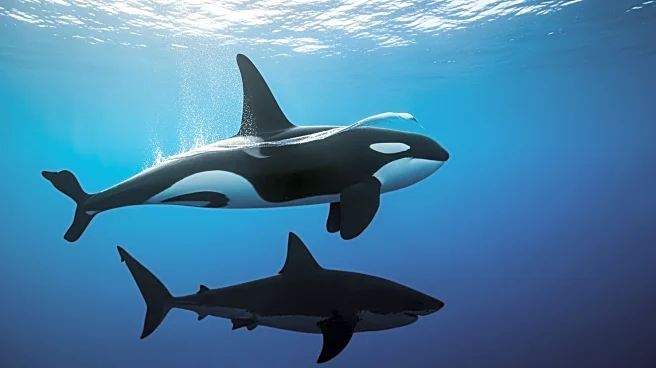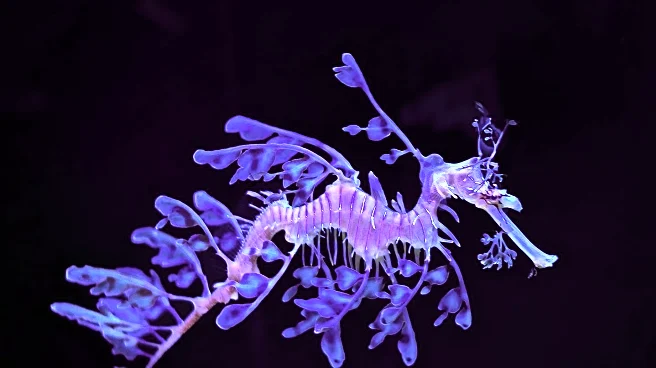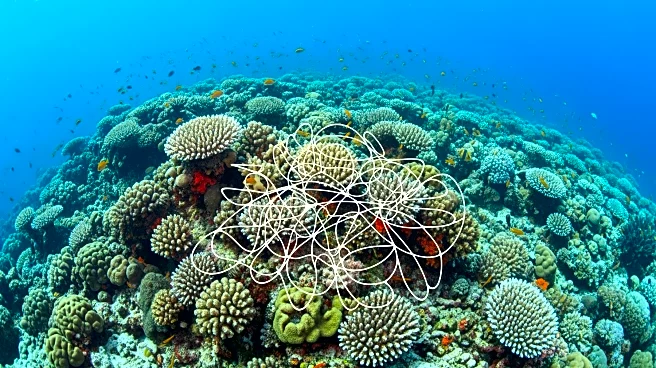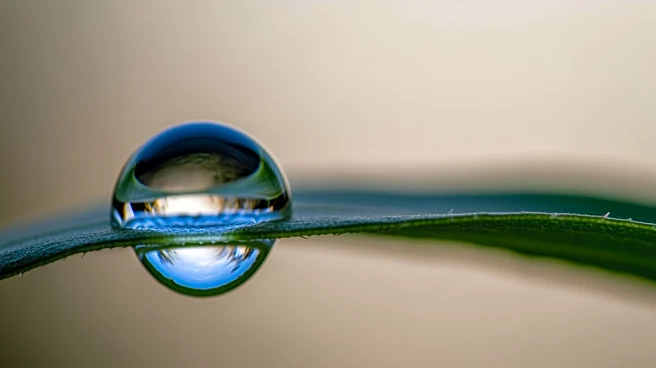What's Happening?
Scientists from the Norwegian Orca Survey have documented the first-ever orca birth in the wild. The event occurred off the coast of Skjervøy in the Arctic Circle, where researchers observed a female orca giving
birth. The newborn calf was immediately surrounded by the pod, forming a protective circle. The calf struggled initially but was able to swim independently after 15 minutes. The mother, identified as NKW-591, is an experienced parent with multiple offspring. This rare observation provides valuable insights into orca behavior and calf survival.
Why It's Important?
This documentation is crucial for understanding orca behavior and conservation efforts. Observing the birth and initial survival of the calf offers insights into the social dynamics and protective measures of orca pods. Such data can inform conservation strategies and enhance the understanding of marine mammal life cycles, contributing to efforts to protect these species in their natural habitats.
What's Next?
Researchers plan to continue monitoring the orca pod to gather more data on the calf's development and survival. The Norwegian Orca Survey aims to use this information to support long-term research objectives focused on calf survival and pod dynamics. Further studies may lead to improved conservation practices and policies.
Beyond the Headlines
The event highlights the importance of ethical wildlife observation and the role of technology, such as drones, in non-intrusive research. It also underscores the need for responsible tourism practices to ensure minimal disturbance to wildlife.
